אגנס מרטין(1912-2004)
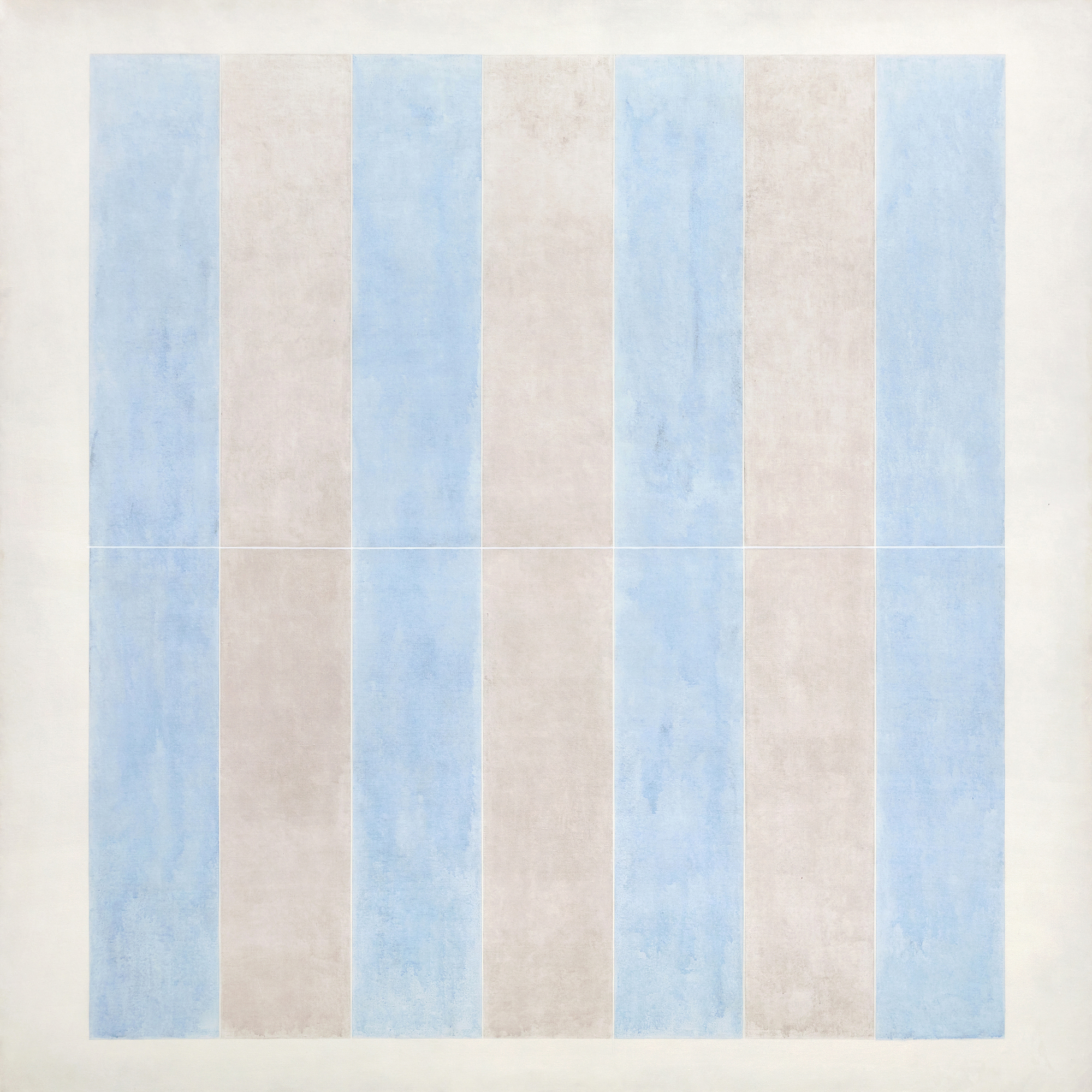

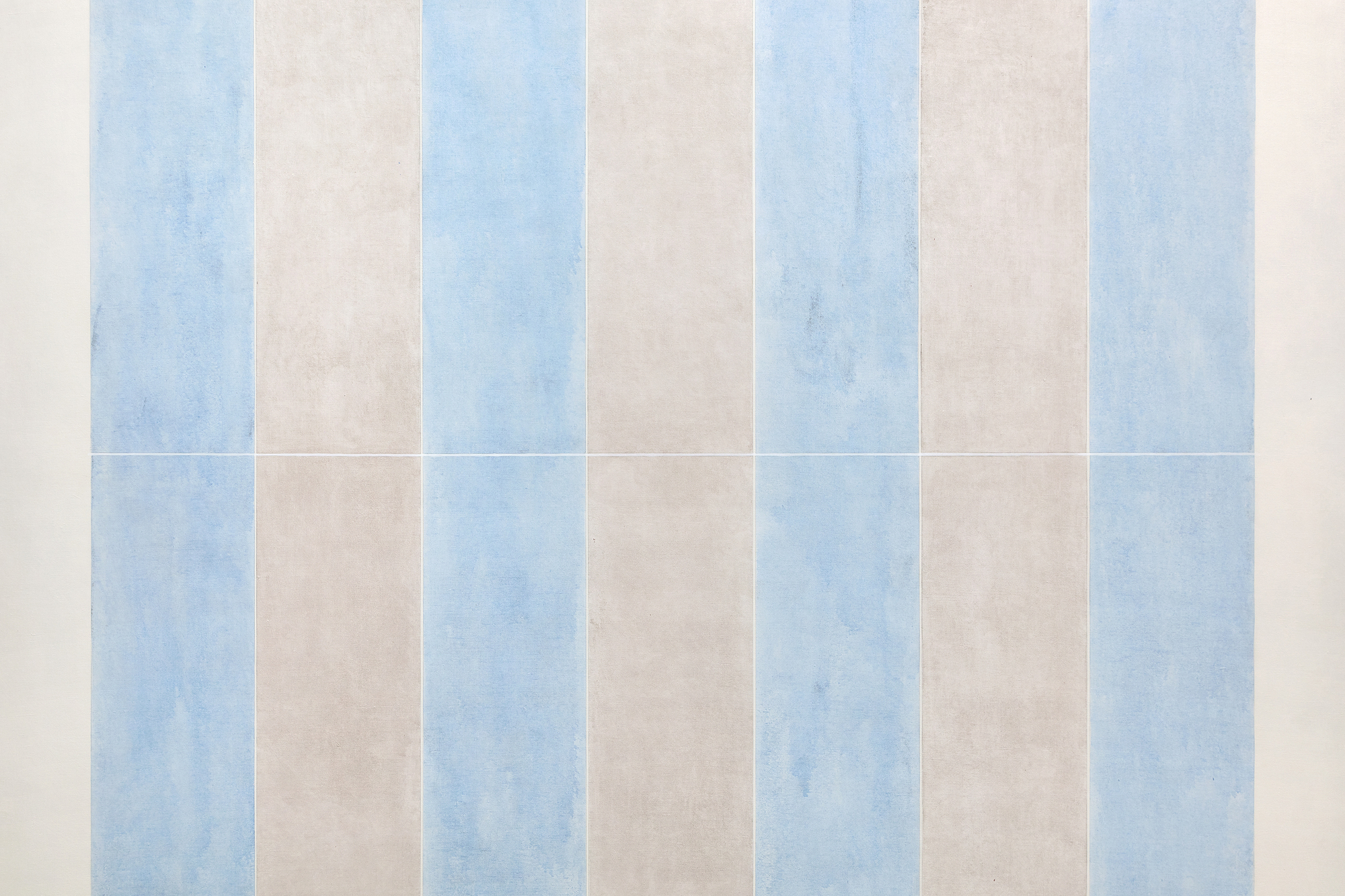
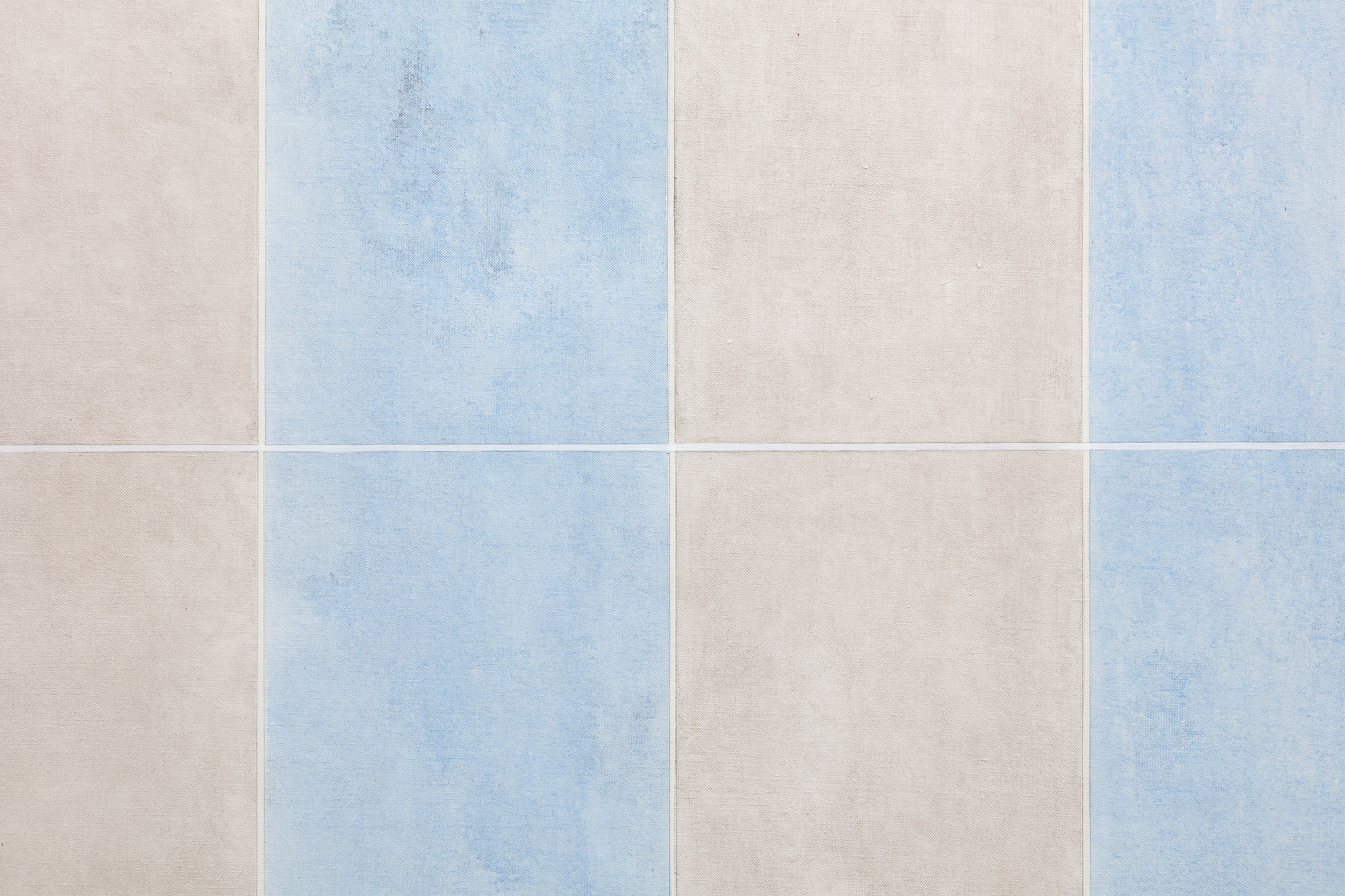
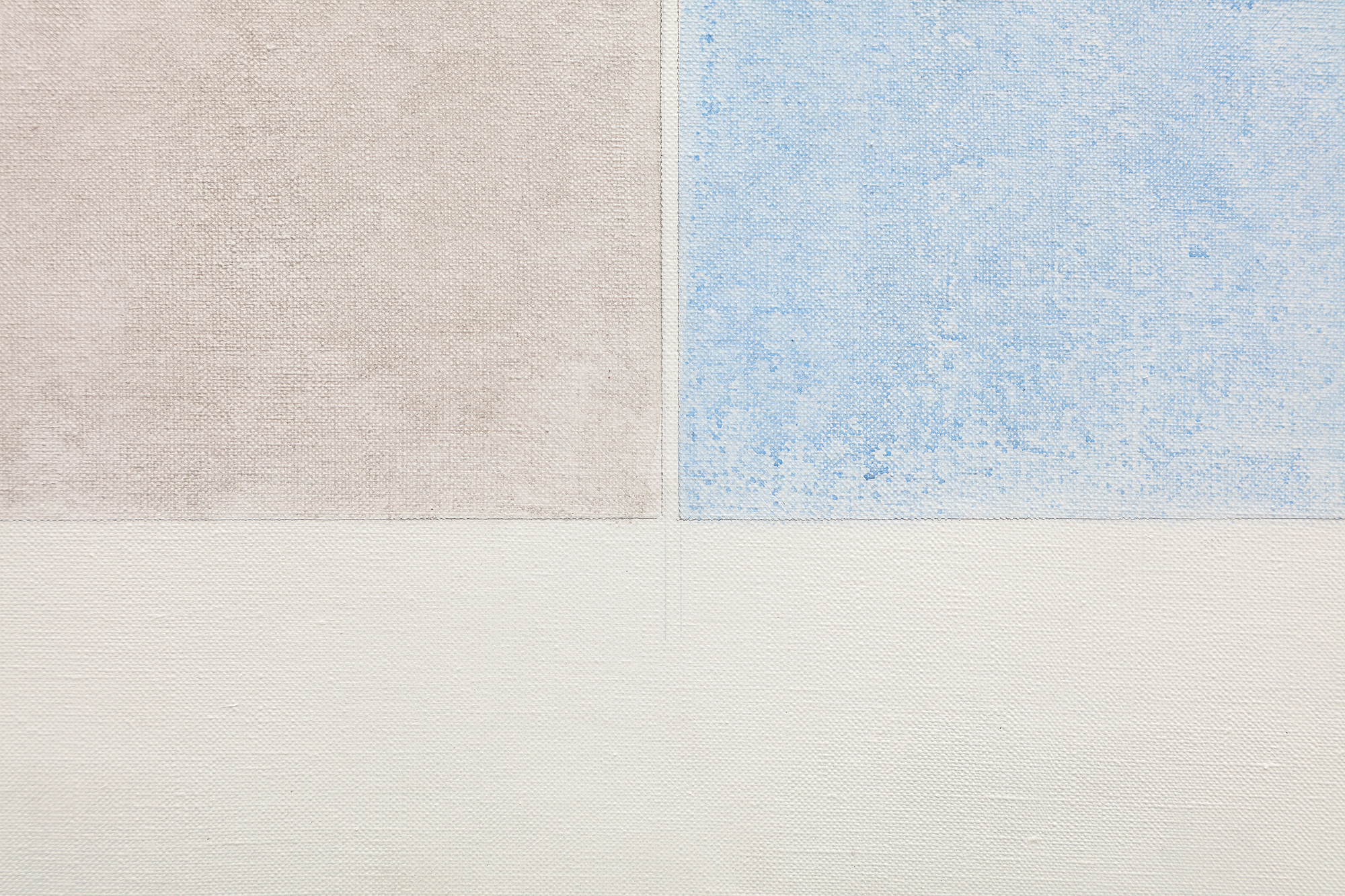
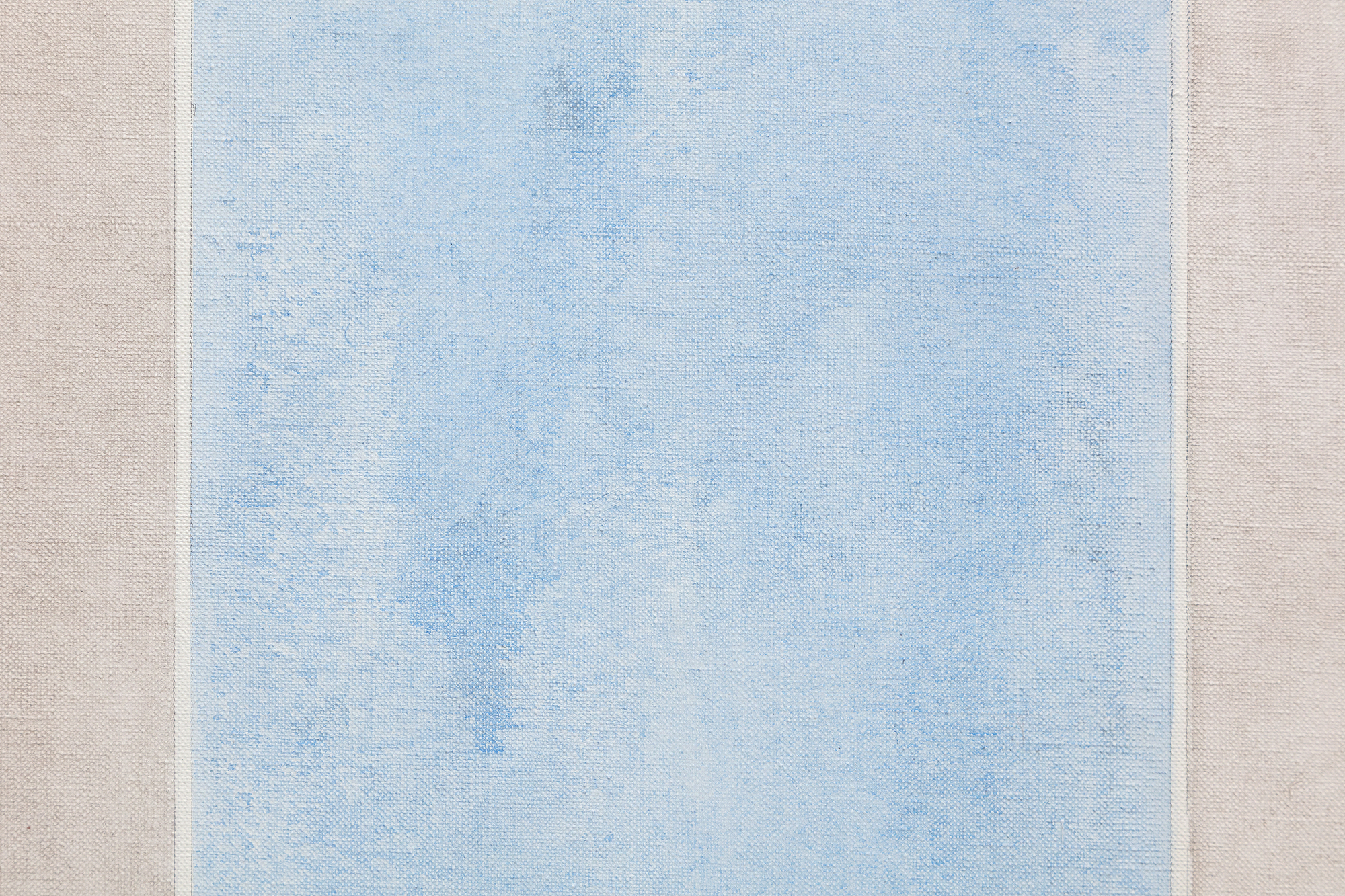
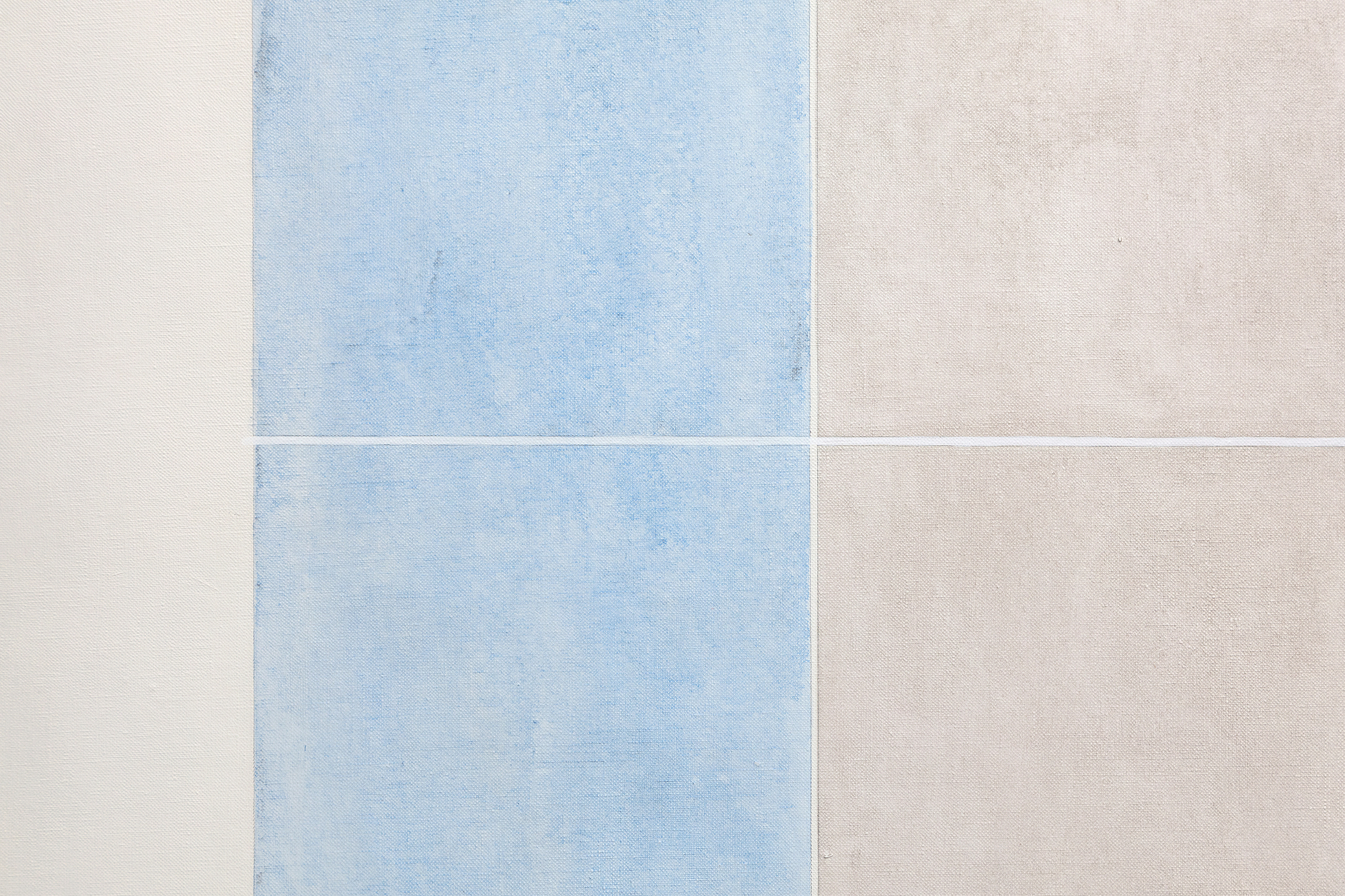
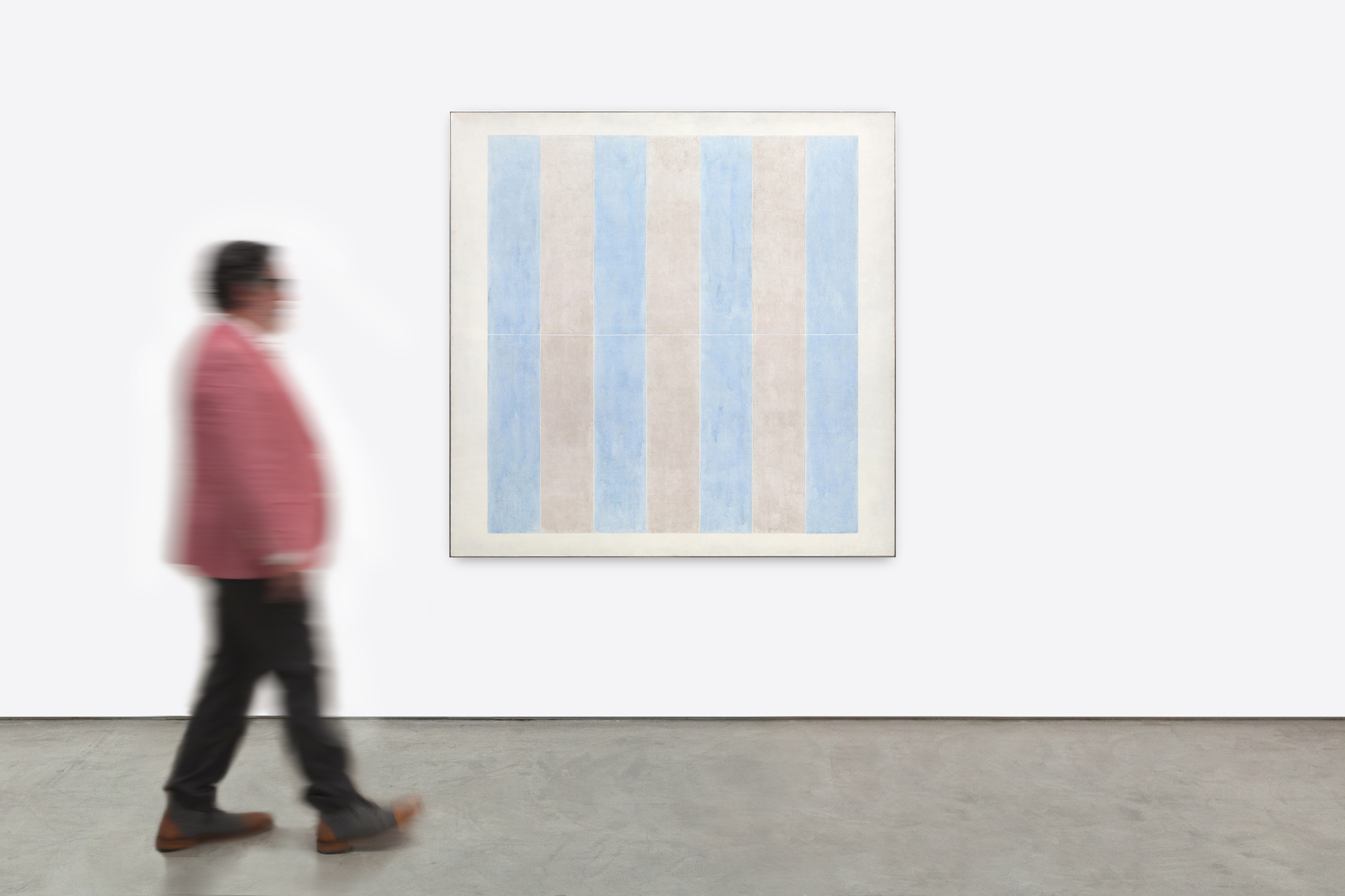
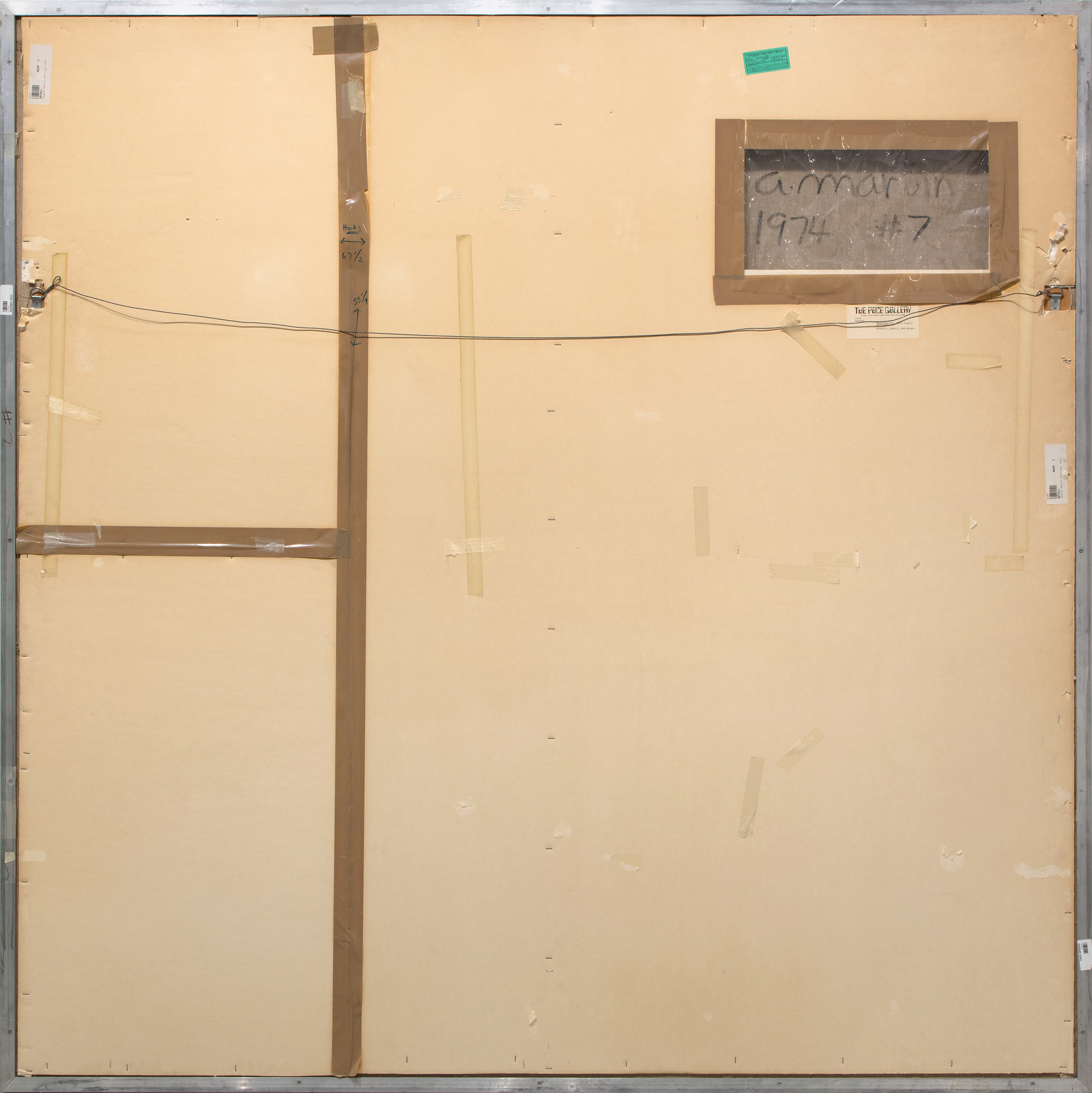
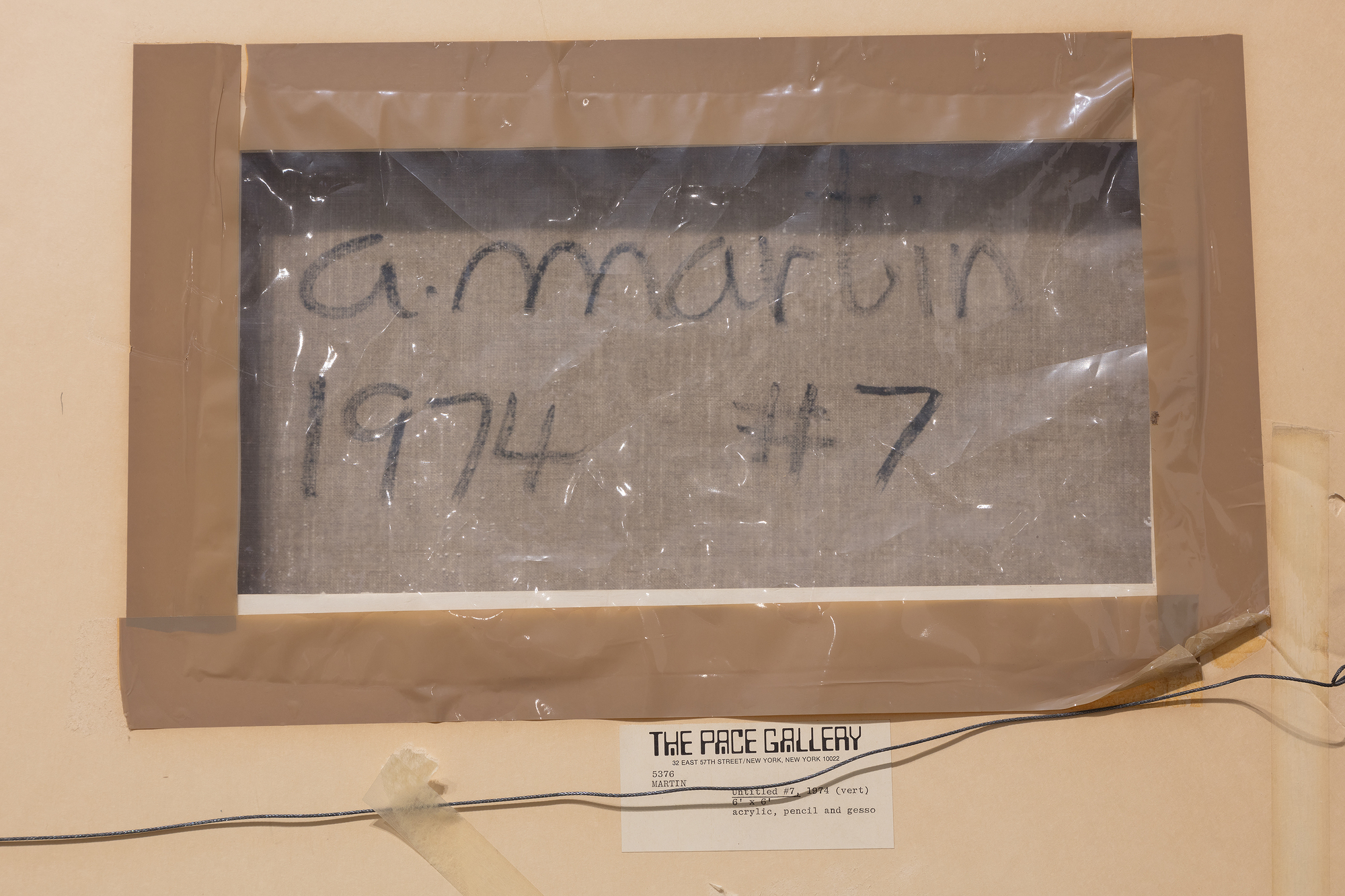
מקור ומקור
גלריית פייס, ניו יורקהלן וו. בנג'מין, ניו יורק
סותביס ניו יורק, 8 במאי 1996, פריט 50
אוסף פרטי, ארצות הברית
גלריית אייס, לוס אנג'לס
אוסף פרטי, נרכש מהנ"ל, מאי 1998
תערוכה
ניו יורק, גלריית פייס, אגנס מרטין: ציורים חדשים, 1975ספרות
Beeren, WAL, Bloem, M. (1991), Agnes Martin: Paintings and Drawings 1974-1990, Stedelijk Museum. ע. 62 (בציור)Bell, T., Agnes Martin Catalogue Raisonné : Paintings [Online], Cahier's d'Art Institute
גרין, י. (ספטמבר 1976), "... עוד...אגנס מרטין: 'הכל, כל דבר סובב סביב תחושה... תחושה והכרה'" ארטניוז, עמ' 91, מאויר בצבע
גולה, ק. (מאי - יוני 1975), "סקירת תערוכות: אגנס מרטין בפייס", אמנות באמריקה 63, עמ' 85, איורים בצבע
... פחות...
"מס' 7" (1974) הוא בין הציורים המוקדמים ביותר משלב שני מרכזי זה בקריירה שלה. מתוך כוונה להדגיש שינוי דרמטי של צבע במקום את הקווים או הרשתות הטבלאיות של עבודתה מלפני 1967, מבט מרחוק על הפסים החיוורים והזוהרים מאפשר הערכה נרחבת של שינויים עדינים וקורנים בין אזורי הצבע. תופעות טבע ואלמנטים רבים המוטמעים בחוויית המדבר של ניו מקסיקו עשויים להעניק השראה לרעיונות חדשים ומרחיבים אלה. האנכיות המוחלטת של המזות, הצוקים והנקודות שלה, או קרני האור הזורמות באופן דרמטי דרך פערים בעננים אל קרקעית המדבר, עשויים להעניק השראה לכיוון האנכי כאן. עם זאת, ההשפעה של "מס' 7" (1974) מועברת באופן ודאי ביותר דרך מסירותה לאידיאלים בודהיסטיים ודאואיסטיים המחפשים יופי מבפנים, ולא מנקודות התייחסות זרות. מרטין מבקשת מהצופה לחשוב על הקורות או הפסים החוזרים ונשנים שלה של צבע חיוור כמעין מנטרה, לא פחות מאשר חוויה חזותית. היא מאתגרת את יכולת הדמיון שלנו, מעודדת אותו להשתחרר ולראות את היצירה הזו כמושא להרהור, בידיעה טובה שציורה דורש מידה מסוימת של מחויבות. וכאילו כדי להזהיר את אלו שאין להם סבלנות לספוג את השפעת הזוהר המיסטי העל-טבעי הטמון בציורים או כיצד הם משפיעים על המודעות הגדולה יותר של האדם לפוטנציאל לבטא את הנשגב, יש לנו את הערתה, "אין אף אחד שלא יכול לעמוד כל אחר הצהריים מול מפל מים".


